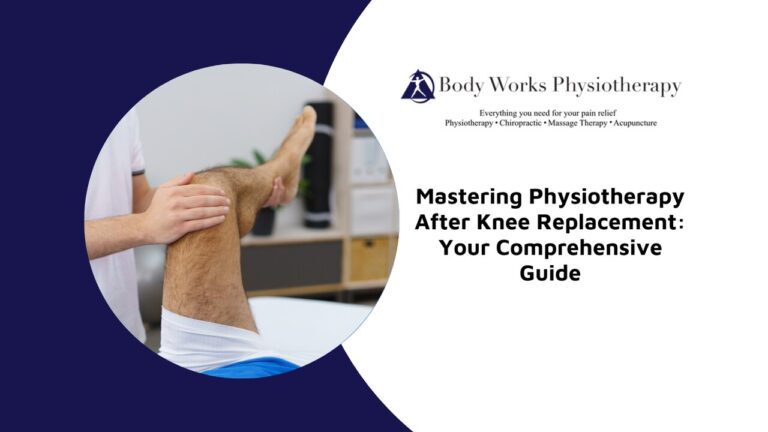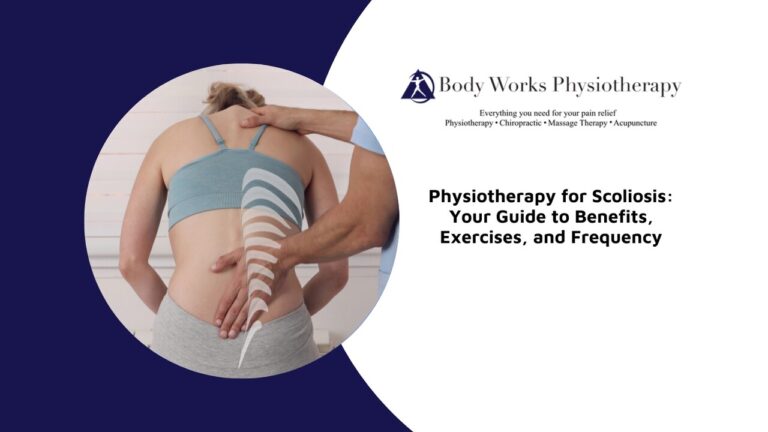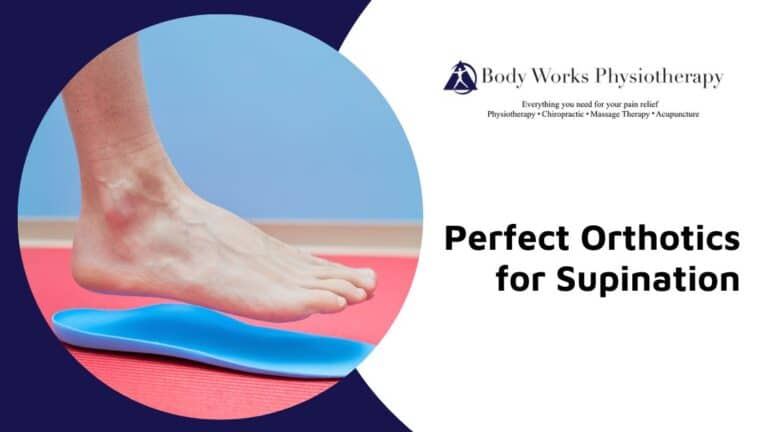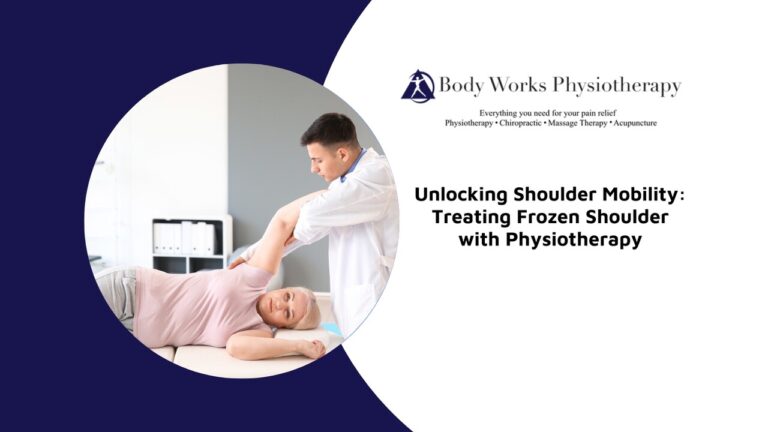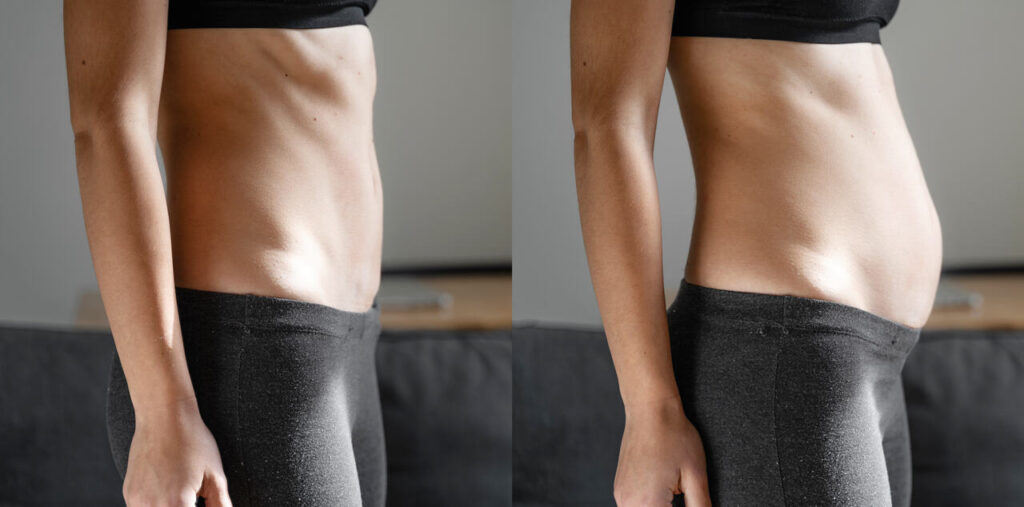
Diastasis recti is a common condition many women experience after pregnancy, characterized by discomfort, core weakness, back pain, and poor posture, making recovery a challenge for new mothers. Fortunately, physiotherapy offers a safe and effective way to heal diastasis recti. In this post, we’ll explore how physiotherapy can help you recover from diastasis recti, the most effective exercises for rehabilitation, and what to expect during your treatment journey.
Understanding Diastasis Recti
Diastasis recti occurs when the abdominal muscles separate due to factors like pregnancy or excessive abdominal pressure. This condition can lead to back pain, poor posture, and core weakness.
The separation is most commonly associated with pregnancy, as the growing uterus stretches the muscles and connective tissue. During pregnancy, the abdominal wall stretches to accommodate the growing baby, and for some women, this leads to the muscles pulling apart. Multiple pregnancies, carrying a large baby, or a twin pregnancy can increase the likelihood of developing this condition.
However, other factors such as excessive abdominal strain, significant weight gain, or poor posture can also contribute to the development of diastasis recti. Heavy lifting, improper exercise form, or rapid weight gain can also cause the abdominal muscles to weaken and separate.
Common signs of diastasis recti include a visible bulge in the abdomen, core weakness, and lower back pain. This condition can also make it difficult to maintain proper posture and engage in daily activities that require core strength. If left untreated, diastasis recti can lead to chronic back pain and may affect pelvic floor function.
How Physiotherapy Helps Treat Diastasis Recti
Physiotherapy is essential in treating diastasis recti by focusing on the deep core muscles and addressing related factors such as posture and movement mechanics. Here’s how physiotherapy helps in the recovery process:
- Core-Strengthening Exercises: Physiotherapy focuses on strengthening the transverse abdominis, the deepest layer of the core. Exercises such as transverse abdominal breathing, pelvic tilts, and leg slides are introduced to safely activate the core muscles without placing undue pressure on the abdominal wall. Strengthening these muscles helps close the gap between the separated muscles and restores core stability.
- Improving Posture: Diastasis recti often leads to poor posture due to weakened core muscles. Physiotherapy includes posture correction techniques to reduce strain on the abdomen and improve spinal function. Correct posture plays a key role in relieving discomfort and supporting the healing process by ensuring that the core muscles are properly engaged during daily activities.
- Safe Movement Education: Physiotherapists guide you on how to perform everyday movements—such as bending, lifting, or getting out of bed—without placing additional strain on the abdomen. Learning these techniques prevents further muscle separation and supports recovery by avoiding actions that could worsen the condition.
- Pelvic Floor Integration: The core and pelvic floor muscles work together to support overall stability. Physiotherapy for diastasis recti often includes exercises that engage both the core and pelvic floor, ensuring that these interconnected muscle groups strengthen together. This can help with issues like lower back pain and even incontinence, which are sometimes linked to diastasis recti.
- Progressive Recovery: Treatment is tailored to the individual’s needs and progresses gradually. As the core muscles strengthen and the gap between the abdominal muscles closes, more advanced exercises may be introduced to further enhance stability and strength. This ensures that individuals can safely advance in their recovery while minimizing the risk of re-injury.
How Long Does it Take to Heal Diastasis Recti Through Physiotherapy?
The time it takes to heal diastasis recti through physiotherapy depends on the severity of the separation and your commitment to the treatment plan. On average, healing may take 8 to 12 weeks with consistent physiotherapy. However, some cases may require more time if the separation is severe or if there are complicating factors, such as multiple pregnancies.
Recommended Physiotherapy Exercises for Diastasis Recti Recovery
Recovering from diastasis recti requires targeted exercises to strengthen the core without straining the abdominal muscles. Key physiotherapy exercises for diastasis recti recovery include:
- Transverse Abdominal Breathing: This exercise strengthens the deep core muscles. Lying on your back with bent knees, inhale and let your belly expand. As you exhale, gently pull your belly button toward your spine, engaging the core. Repeat for several breaths to strengthen the transverse abdominis.
- Pelvic Tilts: These help engage core stability. Lying on your back with knees bent, inhale deeply, then tilt your pelvis upward as you exhale, pressing your lower back into the floor. This movement engages the core muscles and promotes stability.
- Leg Slides: Leg slides target lower abdominal muscles. From a lying position, slide one leg out straight while keeping your core engaged and lower back flat. Alternate legs, making sure to avoid any bulging in the abdomen.
- Modified Planks: Planks can be great for building core strength without excessive pressure. Start on your knees and forearms, keeping your core engaged and back flat. Hold this position briefly, focusing on core activation without placing excessive pressure on the abdomen.
- Heel Slides: While lying on your back, engage your core and slowly slide one heel along the floor, then return to the starting position. This strengthens the lower abdominal muscles.
- Bridge Exercise: Lie on your back with knees bent, and lift your hips off the floor while engaging the core and glutes. This movement promotes core and pelvic stability.
These exercises are designed to restore core function safely, helping to heal diastasis recti while avoiding strain on the weakened abdominal area.
Your First Physiotherapy Session for Diastasis Recti: What to Expect
Your first physiotherapy session for diastasis recti will be a comprehensive evaluation and the start of a personalized recovery plan. Here’s what to expect:
- Initial Assessment of Muscle Separation: The therapist will assess the degree of muscle separation by examining the gap between your abdominal muscles. You may be asked to lie on your back and perform a gentle head lift or small crunch so the therapist can measure the separation and determine its severity.
- Core Strength and Posture Evaluation: Along with checking the muscle gap, the physiotherapist will evaluate your core strength, posture, and movement patterns. This helps identify how the diastasis recti is affecting your daily activities and any related issues such as back pain or poor posture.
- Goal Setting: Your therapist will likely discuss your goals, whether it’s reducing pain, regaining core strength, improving posture, or safely returning to physical activities. These goals will shape your personalized treatment plan.
- Introduction to Gentle Core Exercises: Expect to begin with gentle core exercises that focus on activation without straining the abdominal muscles. These movements are designed to gently engage your core without placing strain on the separated muscles.
- Education on Proper Movement and Body Mechanics: The therapist will teach you safe ways to move, lift, and perform daily tasks that reduce pressure on your abdominal muscles. This might include advice on how to get out of bed or carry objects to prevent further strain.
Your first session is designed to set the foundation for recovery, giving you the tools and knowledge to manage diastasis recti effectively while strengthening your core.
Post-Partum Recovery: When to Start Physiotherapy for Diastasis Recti
You can typically begin physiotherapy for diastasis recti as soon as your healthcare provider clears you, which is often around 6 weeks postpartum. Early intervention helps promote healing and restore core function. However, always consult your doctor to ensure it’s safe for you to begin a rehabilitation program, especially if you had a cesarean section or any complications during delivery.
Lifestyle Changes to Complement Physiotherapy for Diastasis Recti
While physiotherapy plays a crucial role in healing diastasis recti, incorporating certain lifestyle changes can significantly enhance your recovery. Supporting your recovery involves key lifestyle changes, such as:
- Maintaining Good Posture: Proper posture reduces unnecessary strain on the abdominal muscles. Whether sitting or standing, make sure to keep your shoulders back, your spine straight, and your pelvis neutral. Good posture helps relieve strain on the abdomen and promotes healing.
- Avoiding Heavy Lifting: Lifting can put too much pressure on the weakened core, so learn proper techniques or avoid it altogether. If lifting is unavoidable, use proper technique. Always engage your core and lift from your legs rather than your back to protect your abdominal muscles.
- Incorporating Core-Friendly Movements: Being mindful of your movements during daily activities can prevent further strain. Avoid exercises or activities that cause your abdominal muscles to bulge or strain, such as sit-ups or crunches. Instead, focus on gentle movements that support the healing process, such as rolling to your side when getting out of bed.
- Mindful Breathing: Engaging in controlled breathing exercises, such as transverse abdominal breathing, helps strengthen your core without putting stress on the separated muscles. Make this a part of your daily routine to enhance core stability.
- Nutrition: A healthy, balanced diet supports tissue healing and overall recovery. Proper hydration also supports muscle function and recovery. Incorporating nutrient-dense foods into your diet helps your body heal faster.
By integrating these changes into your routine, you can maximize the success of your physiotherapy treatment.
Precautions to Take During Physiotherapy for Diastasis Recti
Several precautions should be taken during physiotherapy for diastasis recti to ensure safe and effective recovery. First, it’s important to avoid exercises that place excessive pressure on the abdomen, such as traditional crunches, sit-ups, or any form of heavy lifting. These movements can strain the weakened abdominal muscles and worsen the separation.
During physiotherapy, the focus should be on gentle movements that engage the deep core muscles without causing the abdomen to bulge. Exercises should be performed slowly and with control, ensuring that the core muscles are activated properly.
Additionally, it’s essential to follow your physiotherapist’s guidance throughout the treatment. Improper technique or pushing too hard can not only slow down your recovery but also aggravate the separation of the abdominal muscles. With the right approach and consistent care, physiotherapy can effectively support the healing process while preventing further complications.
Gentle Care for New Mothers
If you’re struggling with diastasis recti after pregnancy, physiotherapy can help you regain core strength, improve posture, and heal safely. At Body Works Physiotherapy in Scarborough, our experienced physiotherapists will create a personalized treatment plan tailored to your recovery needs, guiding you every step of the way.
Don’t let diastasis recti slow down your postpartum recovery—schedule an appointment with us today and start your journey toward a stronger, healthier core.

